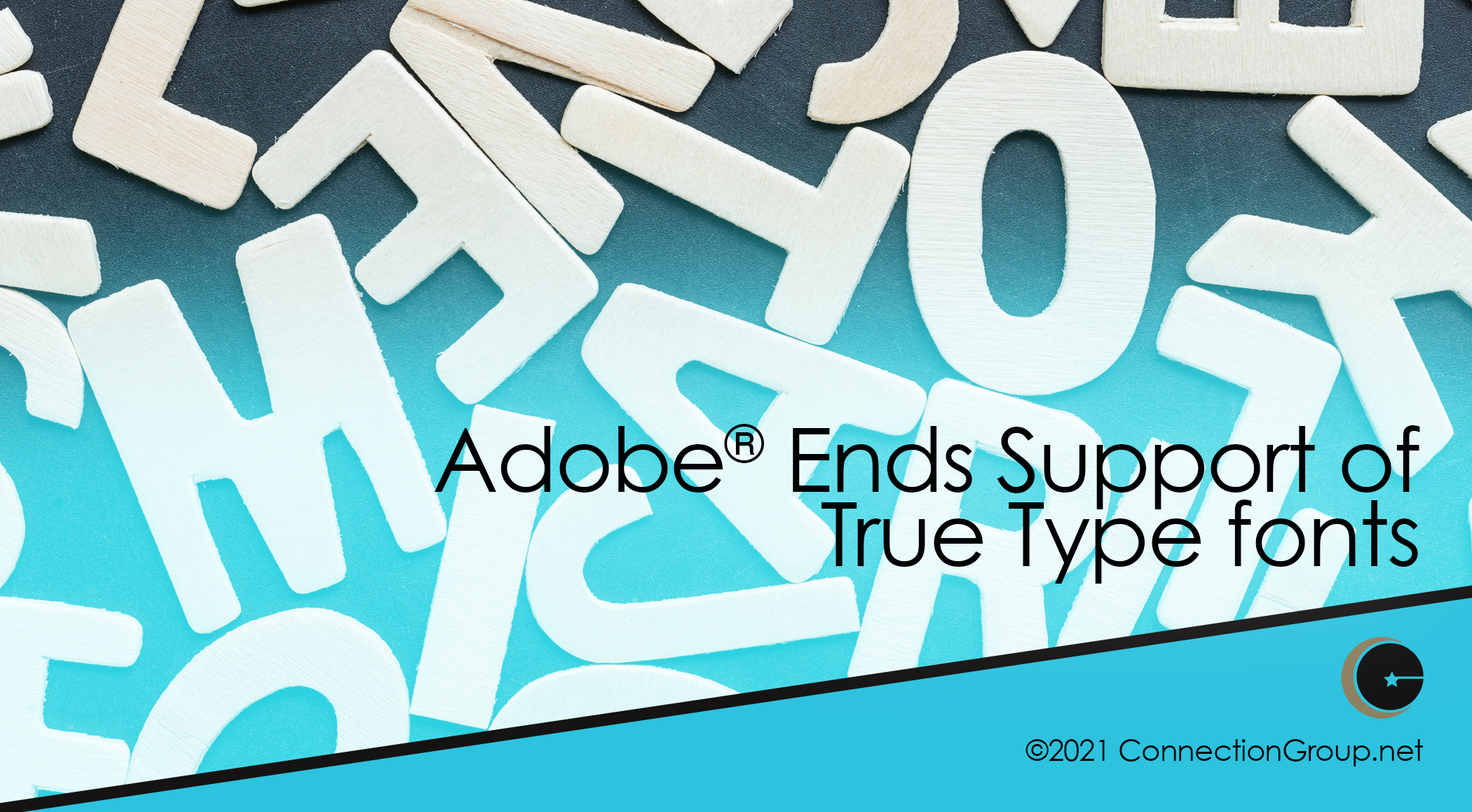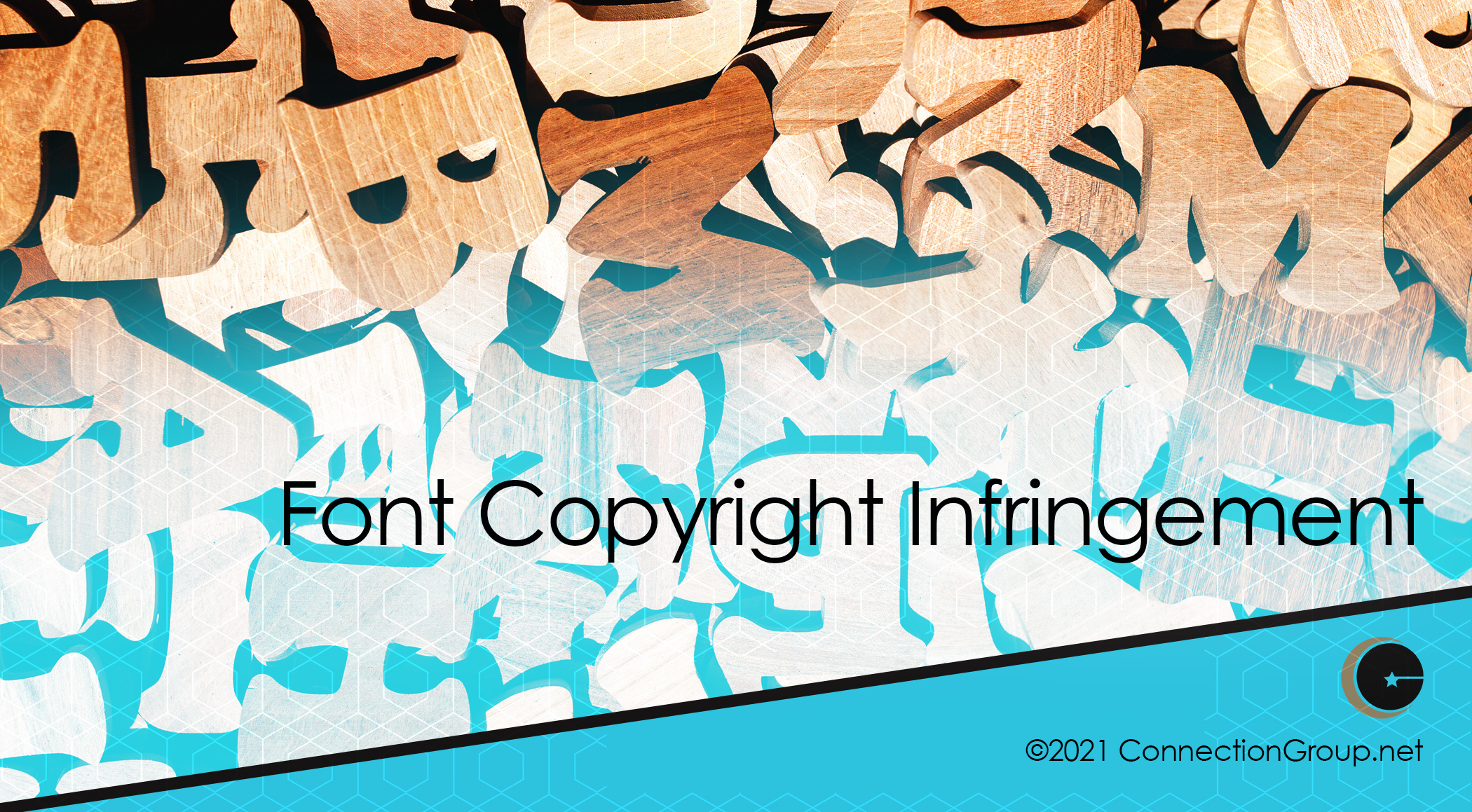
For Connection Group Hosting Customers with WordPress Websites:
It’s that time of year when we talk about WordPress website maintenance plans and WordPress and website hosting.
WordPress is a popular solution for small business websites for a few key reasons:
1. Ease in website content updates – editing or adding new text, photos, etc.
2. Multitudes of free/inexpensive plains that allow for custom features.
3. Availability of security and functionality updates for WordPress, themes, and plugins
Now…. the cons of WordPress.
1. WordPress CMS and themes have a shelf life. Code becomes outdated. Decreased functionality and increased vulnerabilities occur.
2.. Adding more features, and functionality can make updates more complicated for the novice user.
3. Due to its popularity, frequent updates are required to keep websites safe from nefarious hackers.
Definitions:
Website hosting is the storage of your website pages and content on servers that are accessible to the World Wide Web.
We offer website hosting specifically optimized for WordPress.
Website Maintenance is the upkeep of those files.
The WordPress hosting plans we offer do not include any form of maintenance, otherwise, we could not keep them at $20 per month. The fee covers the space on the server so your customers and prospects can access your website from anywhere in the world. We do offer optional WordPress website maintenance plans for our website hosting customers. Please also see a previous blog entry ‘What’s the Difference Between Website Hosting and Website Maintenance” for more detailed comparisons.
There are two kinds of website maintenance that we offer.
1. Backend Website Maintenance – this includes regular (monthly updates to themes, WordPress versions, theme updates, updates for plug-ins, and backup of your website.
2. Content Updates – this includes adding new copy, photos, pages, blog entries, or other information to your website.
Although both types of maintenance are recommended the most important for your website’s health is number 1, to maintain the backend. Although not critical for security, regular content updates help you score extra points with search engines. You also score with customers who are looking for the most current information.
We receive desperate calls throughout the year from customers who have not updated their plugins and they discover:
- Their website is completely down and has an error when visitors go to it. (100% of these calls happen right after sending out an important proposal or new campaign.)
- There are photos or text on their website that they did not add (they have been hacked.)
- Features stop working because the code is outdated and will no longer feed/communicate with other features.
This happens most frequently with websites that are three years or older. However, it occurs anytime there are security compromises on plugins or themes – no matter the age. When WordPress, plugins, or themes have not updated for a couple of versions (say you are on WordPress version 5 and the current version is WordPress 8.2) there is a higher likelihood of incompatibility issues with add-on plug-ins, etc. when you get around to making updates. Updating regularly can avoid this.
If your website is older than 3 years you want to start budgeting for a refresh.
Consider how many system updates your phone or computer has had over three years. Code gets outdated whether you’re watching or not. Maintaining the back end monthly will help extend its life. However, at some point, a refresh will be in order. Websites three years or older should get a refresh. Websites older than 5 years likely require a complete revamp. Design style and features also become dated quickly. Using a 3-5 years timeline will help keep everything current.
DIY WordPress Website Maintenance:
Updating WordPress website elements is not hard. Often it is a click of a button. Make sure you cross your fingers though! Sometimes a quick click and you’re done. Other times one update affects other features and disables them, or the entire site. This is another reason why we do not recommend automatic updates. If you want to do your own updates please schedule a time to do them every month and put it on your calendar. Following are some resources for DIY WordPress website maintenance. Google more if you encounter issues.
Update WordPress Versions: WordPress Versions don’t happen frequently, they will be noted on the backend of your site when you log in. We also recommend holding off a week or so before your do a major WordPress version update. This will give the WordPress plug-ins time to update to the most recent version. Allowing the plug-ins to update will ensure they continue to be compatible.
Update WordPress Themes: (look for the name of the theme creator in the backend of your website. Going to your original theme creator’s website can make this even easier.)
Plug-ins need to be updated most often. Make sure you check the live site once you update one. Look at everything. You may not realize the interrelationship between plugins and how one plug-in update can disable another one.
If you ‘hope’ to do the updates yourself and by March you realize you haven’t done any, reach out. We want to help our customers keep their websites functioning optimally. When we get your desperate call asking why your website is down and we’re booked out for two weeks we want to cry for you! Seriously! Don’t do that to us – or yourself! Keep your site optimized. If you know you’re never going to get around to the updates, ease your mind and save us stress! If we host your WordPress website get your monthly maintenance locked in today. Complete the form and indicate if you need backend maintenance or both backend and content updates. We’ll send you the current pricing and get you started once we receive your order.
Good luck and maintain.



